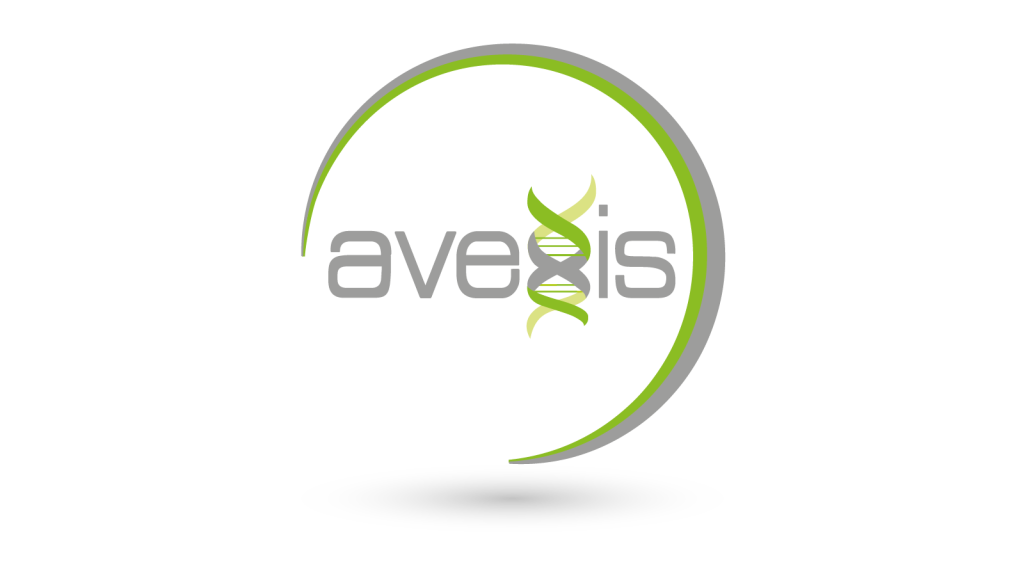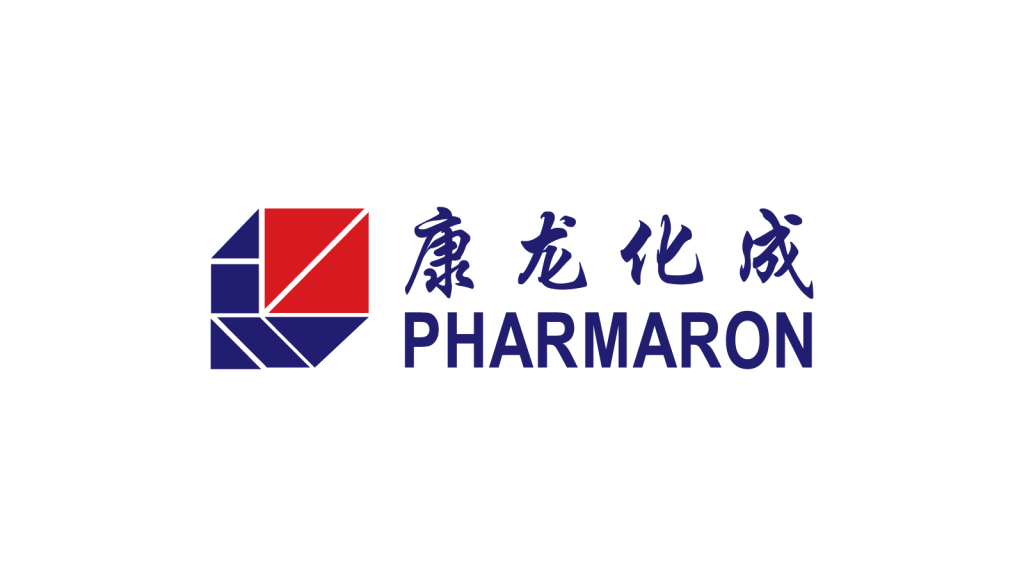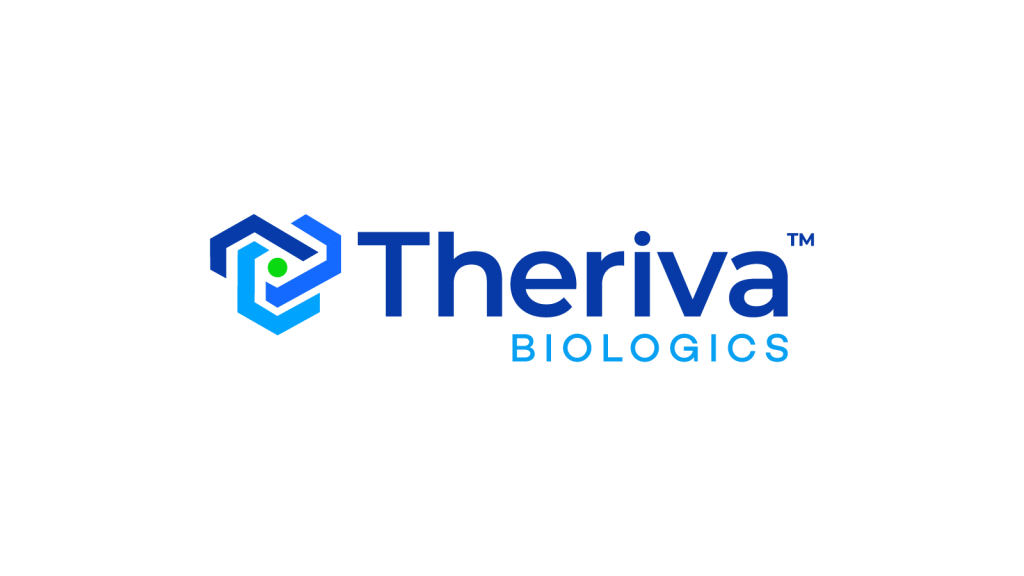Cornerstone® Biomanufacturing Development Services for Lentivirus offer comprehensive downstream solutions. Feasibility studies are available, with options for single-step or full processes, ensuring effective and efficient production.
These methods achieve good recovery, with over 70% infectious recovery, while maintaining the robustness of the downstream process. Detailed reports with results and SOPs are provided, along with support after completion, to ensure seamless integration and success in production endeavours.
Downstream Process Development for Lentivirus
Steps are usually performed by the client, since harvested material needs to be processed further immediately. A significant drop in titer is experienced in the clarification step, lentivirus is rather sensitive to the sheer stress and conditions used to ensure clarified material, suitable for further processing.

In one of the mentioned steps, nuclease should be added, improving clarification and therefore minimizing the losses during filtration. Filtration should be accomplished in the minimal steps possible.
For the purification of the lentivirus anion exchange chemistry is used in general, mostly CIMmultus QA. The challenge is to overcome the lentivirus sensitivity and how to keep as much of the infectious virus as possible and at the same time remove as many impurities as possible.

With regard to lentivirus sensitivity, the CIMmultus QA column with 6 μm pores was selected. This choice lowers pressures and shear forces that can otherwise damage the virus, while allowing a higher flow rate to shorten the virus’s exposure time on the column. Additionally, it is a more suitable option for scale-up.
The Role of Analytics in Lentivirus Downstream Processing
The most important analytical method for selecting conditions without affecting infectivity is the infectious titer cell-based infectivity assay. This assay can be based on HEK 293T cells, quantifiable by Cytation, or on Jurkat cells, quantifiable by FCM, with ddPCR used for vg titers to provide quantitative analysis of product titer.
Additionally, the PATfix fingerprint method offers a relative comparison of different samples, focusing on impurity profiles. Analytical methods are also employed for detecting total protein and DNA content.
- Infectious titer cell-based infectivity assay on HEK 293T cells, (quantifiable by Cytation), infectivity assay on Jurkat cells (quantifiable by FCM)
- Videodrop for particle analysis
- ddPCR for vg titer
- Hcp/hcDNA/pDNA residuals
- ELISA
- Additional analysis (on demand)
Why Choose Cornerstone® Lentivirus Process Development Services?
By partnering with us, you’ll benefit from:
- Comprehensive downstream solutions with options for single-step or full processes.
- Good recovery rates, achieving over 70% infectious recovery.
- Detailed reports with results and SOPs, along with post-completion support.
- Advanced analytical methods, including cell-based infectivity assays and PATfix fingerprinting, for precise impurity profiling and titer analysis.
Additional Resources

For more detailed insights:
Read the Poster Design of Experiments for Lentiviral Downstream Process Optimisation Using CIM® QA 0.05 mL Monolithic 96-Well Plates
Watch the Webinar Optimizing Lentiviral Purification: Enhancing Chromatography With Monoliths
Hear From Our Customers
Do You Have a Question?
FAQ About Other Viruses and VLPs Process Development
We recommend a one-step process using QA, DEAE or OH monolithic columns. The columns should be tested for their performance, followed by optimization of conditions for the downstream process.
We do not have exact column capacities determined as they depend on conditions used, as well as sample purity, however estimated column capacity is >1E+12 vp/mL of column.
Both 2μm and 6μm channel size columns can be used, however, we recommend using columns with 6μm channels, as they would likely be more suitable on larger scales due to lower backpressure and higher flowrates.
Expected infectious recovery is >60%.
We expect >95% protein impurity removal, while DNA removal may vary depending on the columns used and is expected to be at least 95%.
Consult Our Experts
Our experts would be happy to discuss your project. Fill the contact form below or send us an email to cornerstone@biaseparations.com



